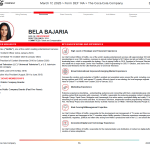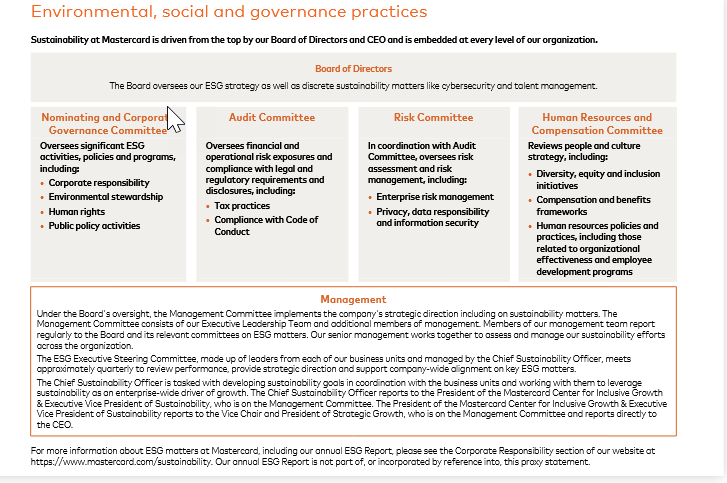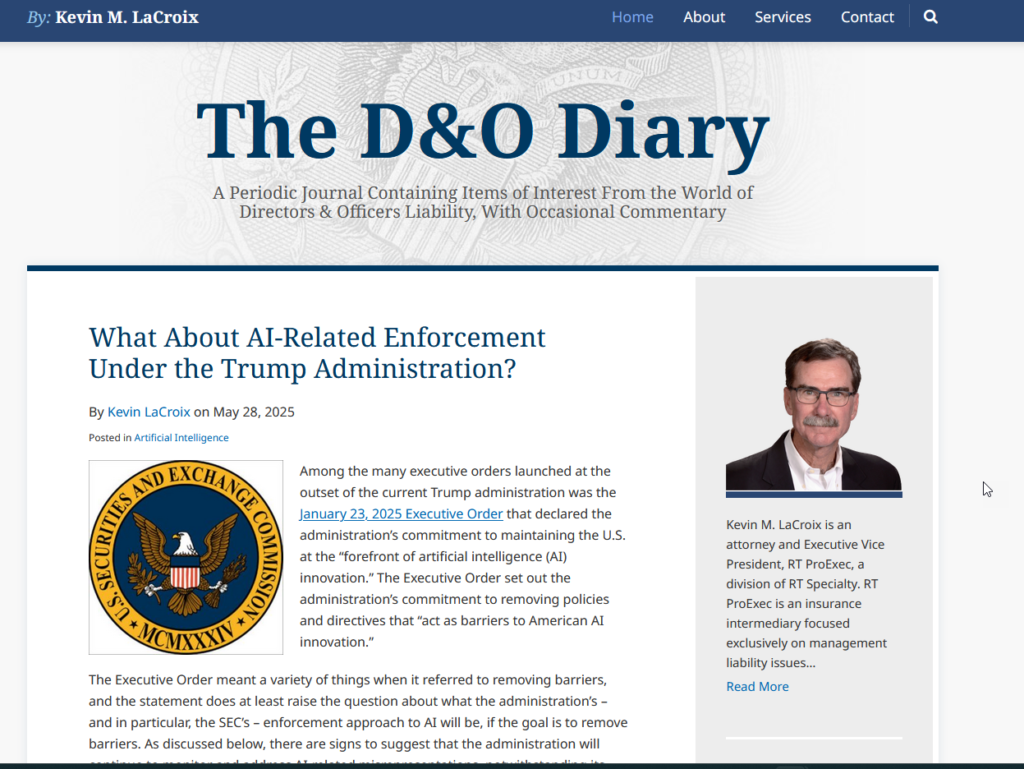As part of our blog series based on this great panel of in-house practitioners (here’s our last one) – featuring Leidos’ Henrique Canarim, Etsy’s Jennifer Card and Intel’s Alex Shukhman – here’s a blog that addresses the question of: “When updating a section of disclosure, what are you looking for to change? How much diligence do you conduct?”
- Leidos’ Henrique Canarim – There’s no longer a proxy season as one season merges with the beginning of the next one. We usually have some of what we call “summer projects” given that we’re a 12/31 fiscal-year end company.
If we have things that have changed during the year because a program has changed or something needs to be refreshed, that’s a strong way to start off the summer part of the proxy season. We usually try to get information from our key stakeholders, we take a deep dive on proxy advisory firm reports and get other stakeholder feedback so that we can incorporate any new items that are being called for by those folks.
We work very closely with our investor relations team to conduct shareholder engagement sessions twice a year. Once in the fall and once in the spring. I’m fortunate enough to be able to sit in those meetings and shareholders will if you tell you what they’re looking for. What is it that they expect to see or what is it that we can do better or different that will tell them very clearly what they expect? We take that feedback very seriously and to the extent that we can, we try to incorporate as much of it as possible.
Benchmarking shareholders and proxy advisory firms are just some of the starting points that we take into account. Ensuring that you have the right controls and that management is comfortable that we’re doing it in a thoughtful way is obviously key. - Intel’s Alex Shukhman – I would agree with a lot of the thoughts that were just expressed. I would also say it’s important to rely on your stakeholders. They are critical. I can’t underscore that point enough as I find being in on those calls and hearing the questions and hearing what they are they interested in, where they are challenging you, where they’re complimenting you, can really provide a great roadmap for you on what to consider tackling.
Sometimes they’ll even give you examples of disclosure that they find to be incredibly helpful or who they view as the gold standard. In addition to doing all the outside diligence, we do internal diligence. We do work with our teams on the inside.
You really have to evaluate the environment and the receptiveness for when you’re looking to make a change that is a critical component in a large organization. The changes are often most well received under one of two scenarios. Either you’re in clear skies like summertime where you don’t have any problems and you’re doing incredibly well and everybody thinks it’s nice to do all kinds of changes. Or you’re under the gun and you have a serious problem right now and then everybody’s willing to make drastic changes.
Other than being in those two types of situations, it can be tricky to make changes and you end up having to do a lot of evaluation. Sometimes you might have to wait and do it a little later until a better time frame arises in order to get it done more smoothly because some people may not want to do it now for a variety of reasons.
The other diligence that we do is to change certain things in terms of the styling, the formatting, the substance. There are all kinds of different levers that you want to be thinking about and wanting to try to utilize when you draft disclosure to contemplate any change. - Etsy’s Jennifer Card – What’s already been said really resonates with me, particularly the point on stakeholder feedback. I’m also fortunate to sit in on many of our investor discussions and I really enjoy hearing the feedback around governance and executive compensation practices as that can be a great source of information as you’re thinking through your disclosure.
The only other point I’d add is that it’s important to get to the “why.” Why does something need to be changed? Is disclosure being enhanced just for the sake of making revisions? Or is there something that’s driving it? Is there a rule development or an emerging practice for which investors have raised questions about particular topics? Thinking through all of that, as well as considering it within the framework of what your company’s appetite for new or evolving disclosure, would be is an important consideration.


























